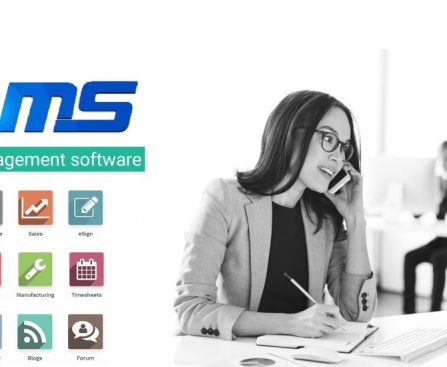In Odoo 17, the chatter feature remains a fundamental aspect of the platform, serving as a central hub for communication, collaboration, and activity tracking. Essentially, it provides a threaded discussion area associated with each record in the system. This feature enhances productivity, fosters teamwork, and streamlines business processes by providing a centralized platform for communication […]
In Odoo’s inventory management system, push and pull are two opposing forces that work together to automate stock movements within your warehouse. Here’s a breakdown of how they differ: Push Rules: Triggered by: arrival of products in a specific location (often the receiving area). Action: Move the products to another location based on predefined rules. […]
Accurate Tracking: Odoo allows you to record income and expenses in their original foreign currency, providing a clear picture of your financial activity in different countries. This simplifies reconciliation and gives you a more accurate understanding of your profitability in each region. Efficient Management: Odoo simplifies managing international transactions by automatically calculating exchange rates and […]
An abandoned cart, also known as shopping cart abandonment, happens in online shopping when a customer adds items to their virtual shopping cart but leaves the website before completing the purchase. These abandoned items sit in the cart, unfinished. There are many reasons why someone might abandon a cart. Some common reasons include: Comparison shopping: […]
In Odoo’s inventory system, a putaway rule is a behind-the-scenes hero that automates where incoming products are placed in your warehouse. It’s like a smart mailing system for your stock, ensuring each item gets directed to its designated spot. Think of it this way: Imagine receiving a box of hammers. Without a putaway rule, someone […]
In Odoo, “Prevent Sale of Zero Priced Products” is a feature specifically designed for the website module (from version 16 onwards). It acts as a safeguard to prevent customers from purchasing products listed with a price of zero. Here’s a breakdown of its functionality: Blocks Zero-Priced Purchases: When enabled, this feature stops customers from adding […]
The “Buy Now” feature in Odoo 17 Website Module simplifies the checkout process for customers who know exactly what they want to buy. This can enhance customer satisfaction and encourage repeat business. By eliminating the need to add items to the cart and potentially get distracted by other products, the “Buy Now” feature can help reduce […]
Odoo 17 offers a robust Helpdesk application designed to empower businesses of all sizes to manage customer support requests efficiently. This built-in solution acts as a central hub, streamlining communication, boosting team collaboration, and ultimately, enhancing customer satisfaction. Key Features of the Odoo 17 Helpdesk: Ticketing System: The core of the Helpdesk lies in its […]
1. Internal user: 1.1. Consolidation user: In Odoo, there isn’t a specific user type called a “consolidation user”. The consolidation process is handled through the Odoo Consolidation module, which is designed for users with accounting permissions. Here’s a breakdown of how Odoo Consolidation works: Functionality: It allows you to generate consolidated financial reports by combining […]
In Odoo, the product reference price refers to the price displayed per unit of measure on the product page of your website. This helps customers understand the cost of a product relative to its quantity. Here’s what you need to configure Product Reference Price: Activate the Feature: Go to Website — Configuration — Settings and […]
